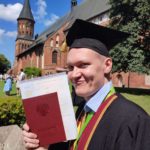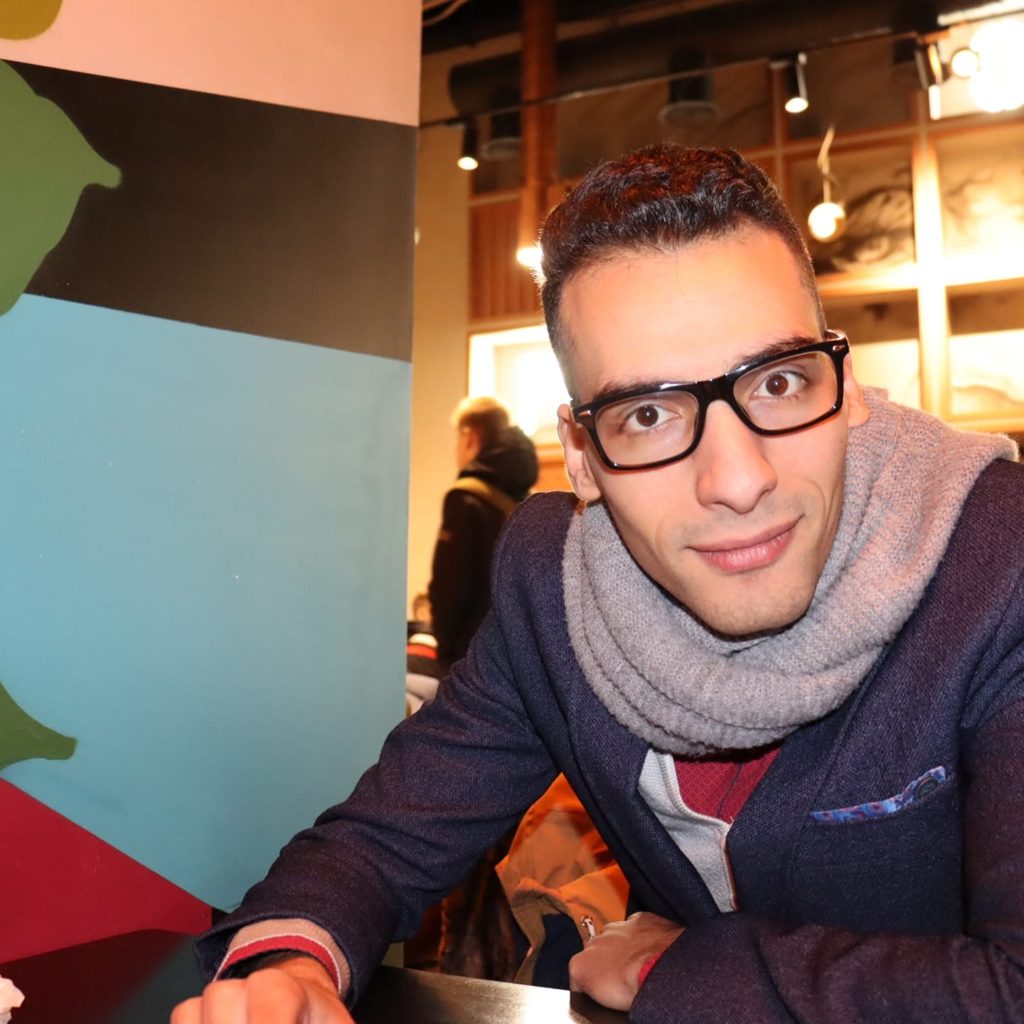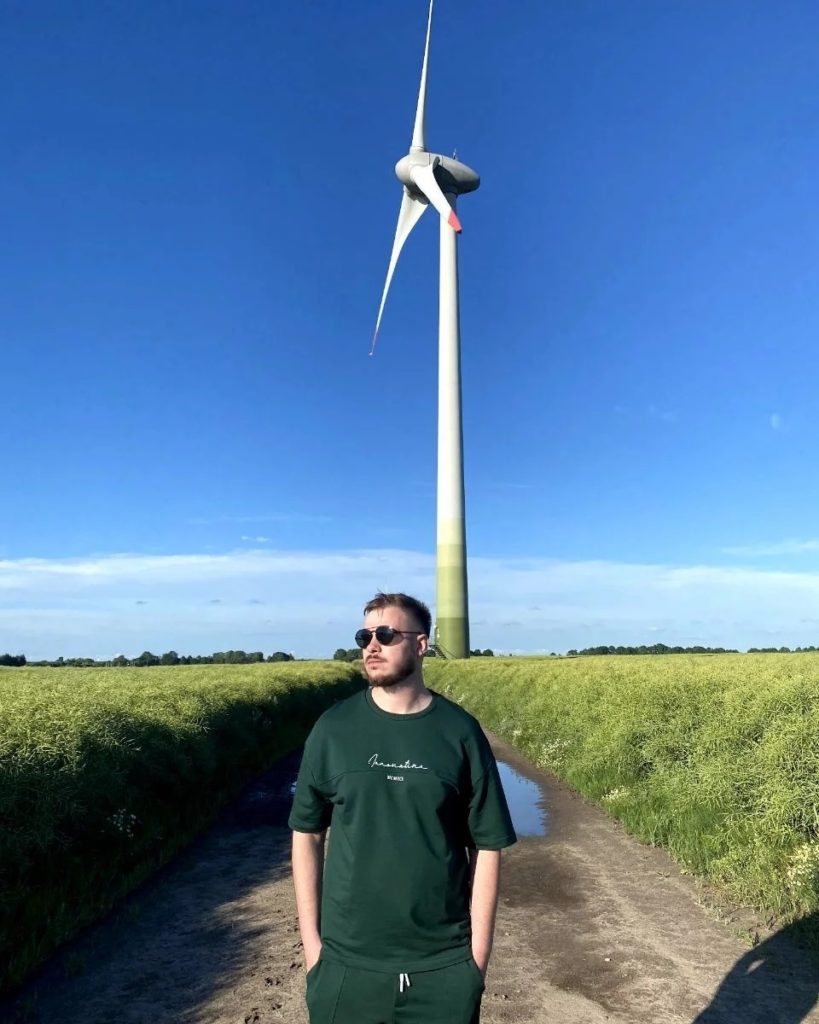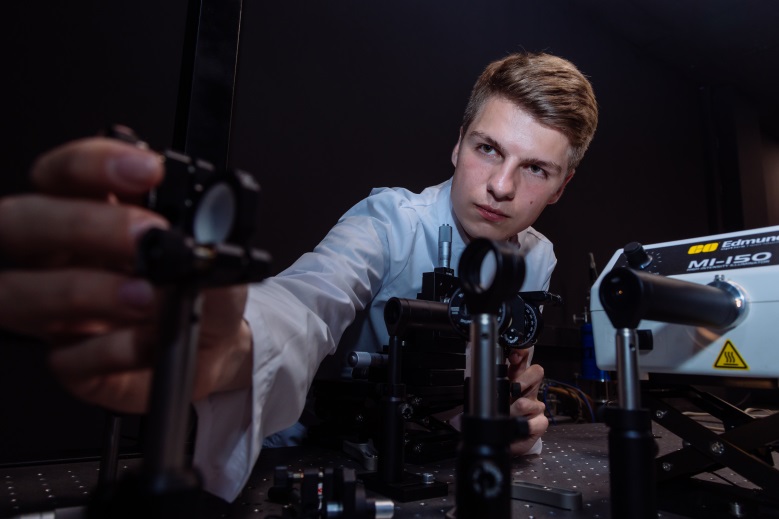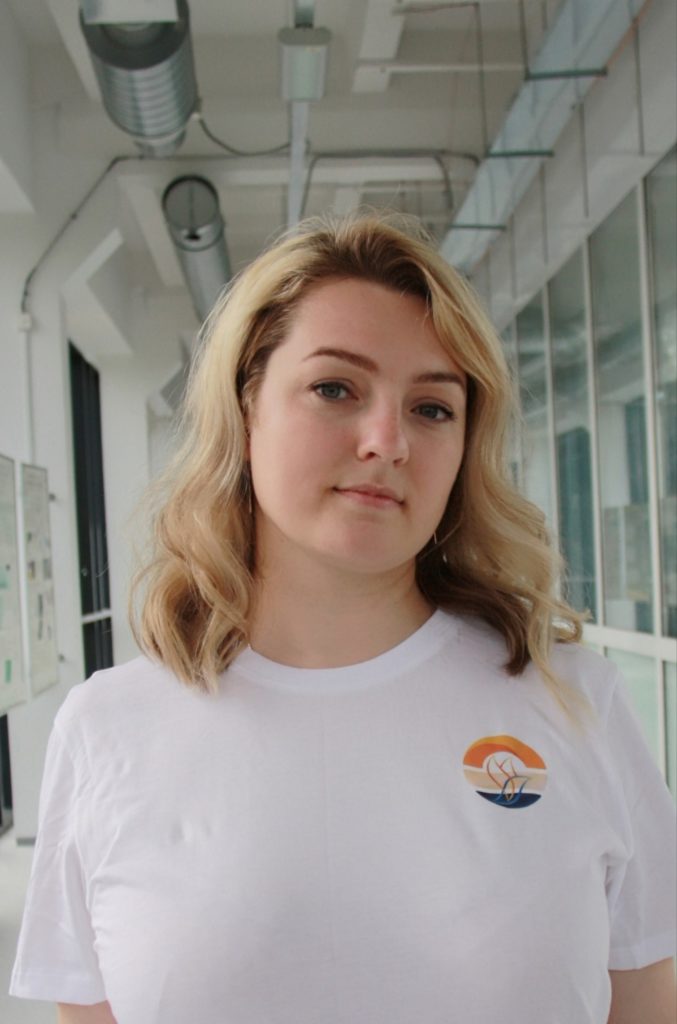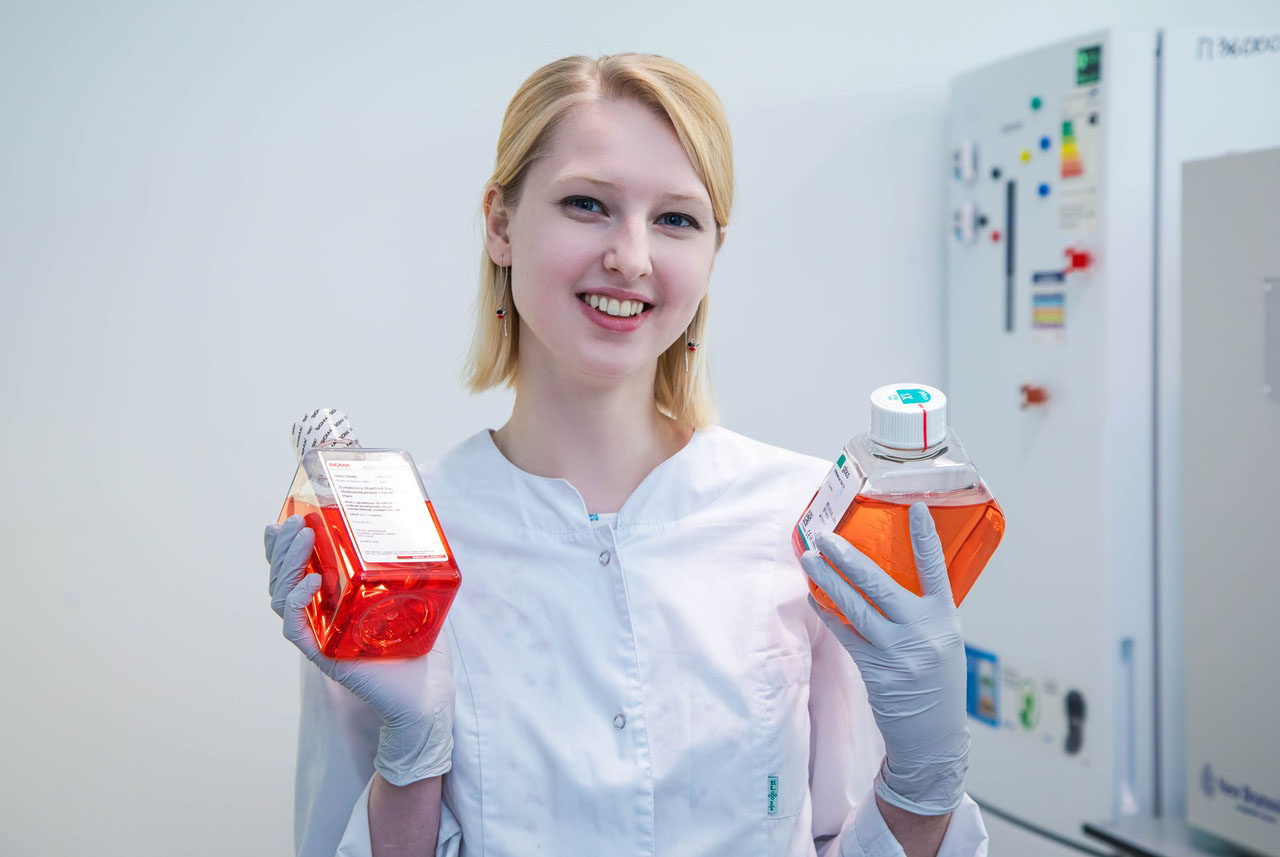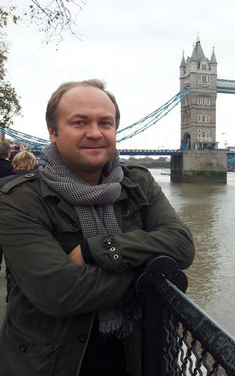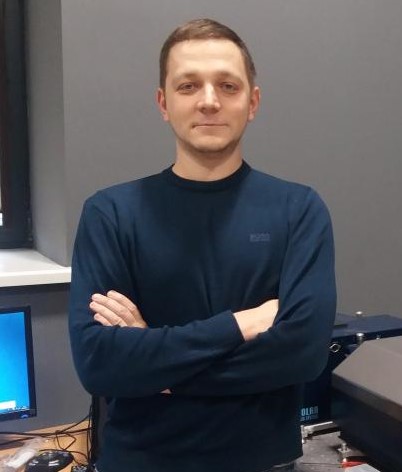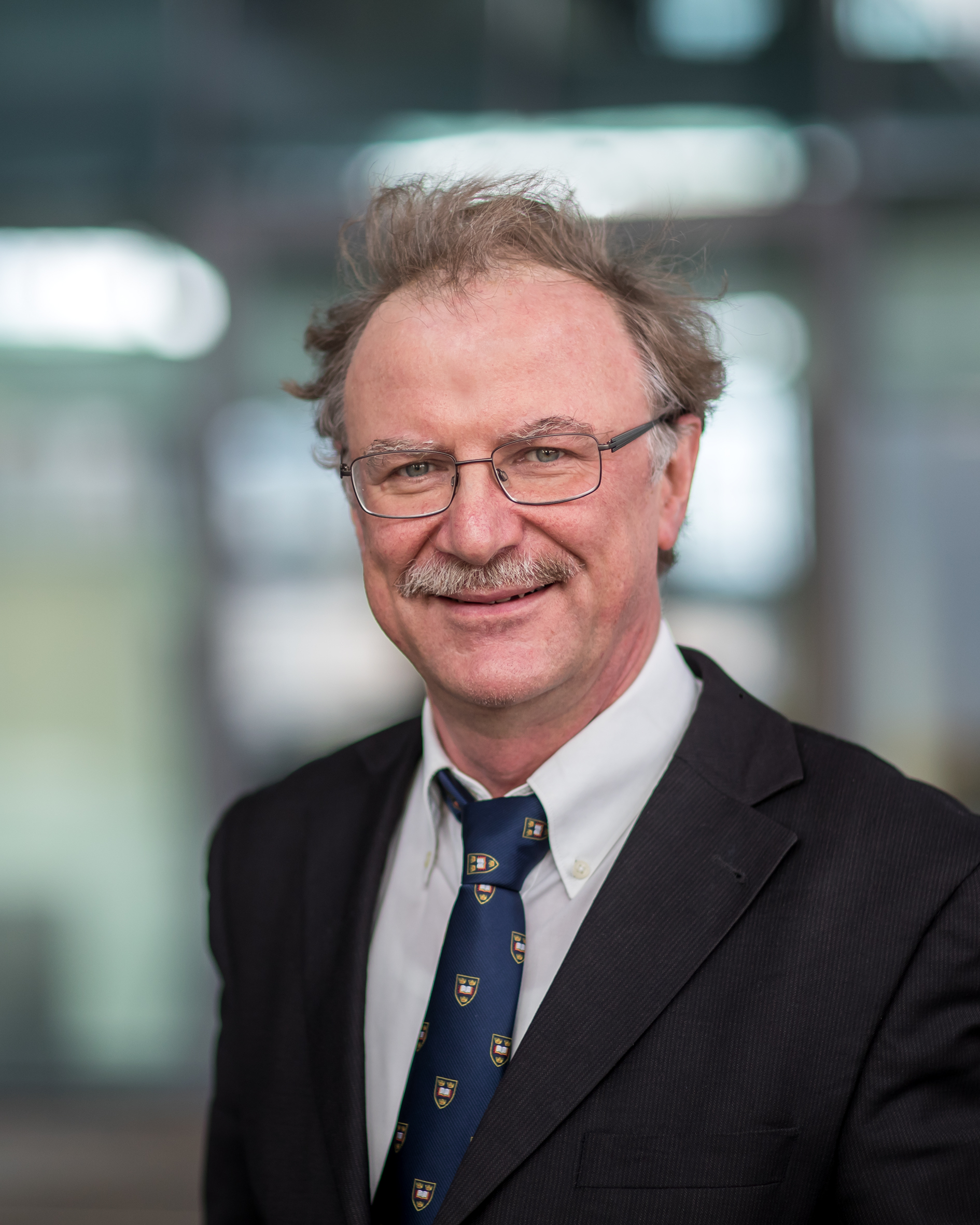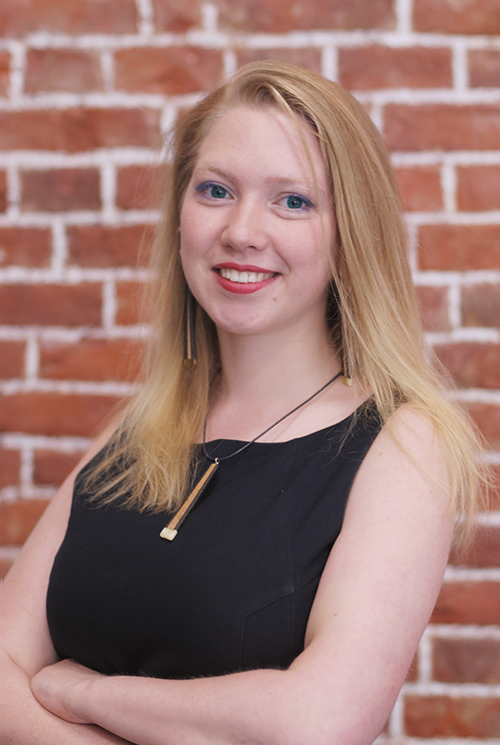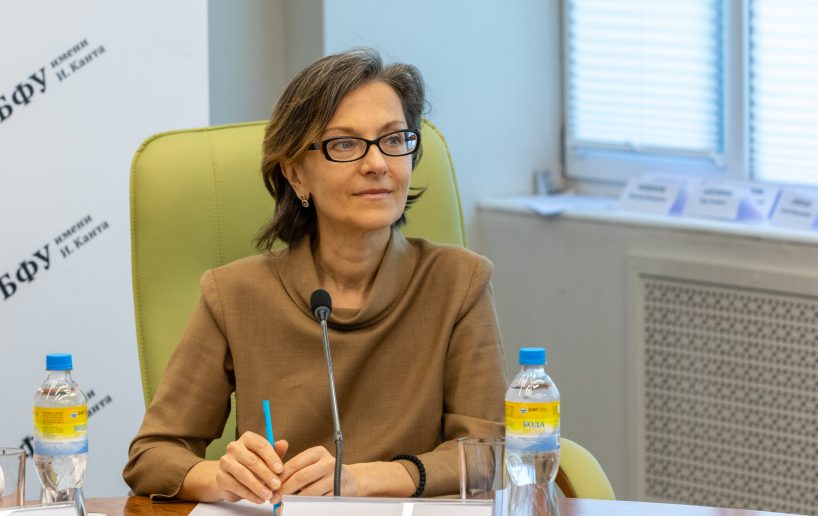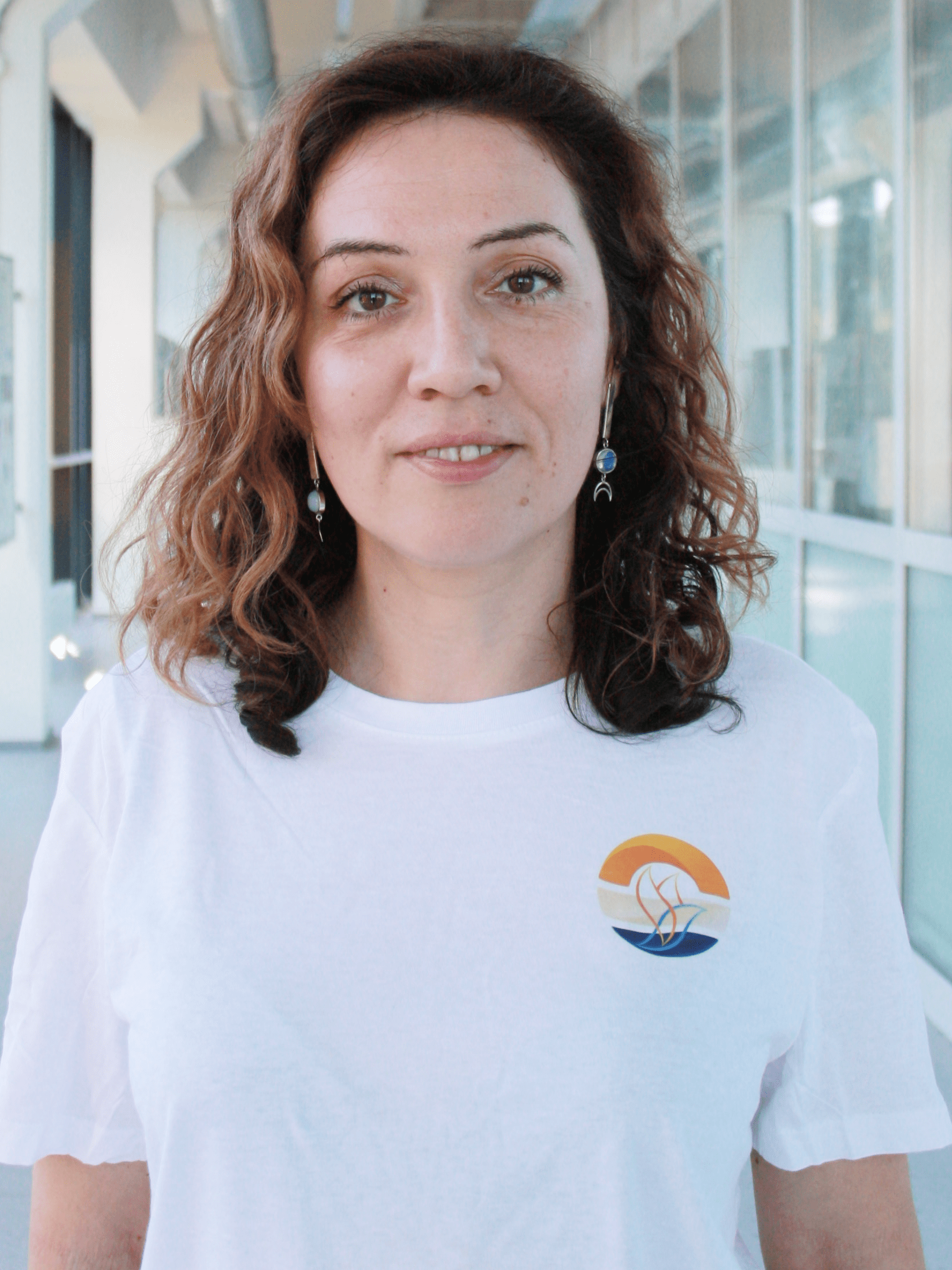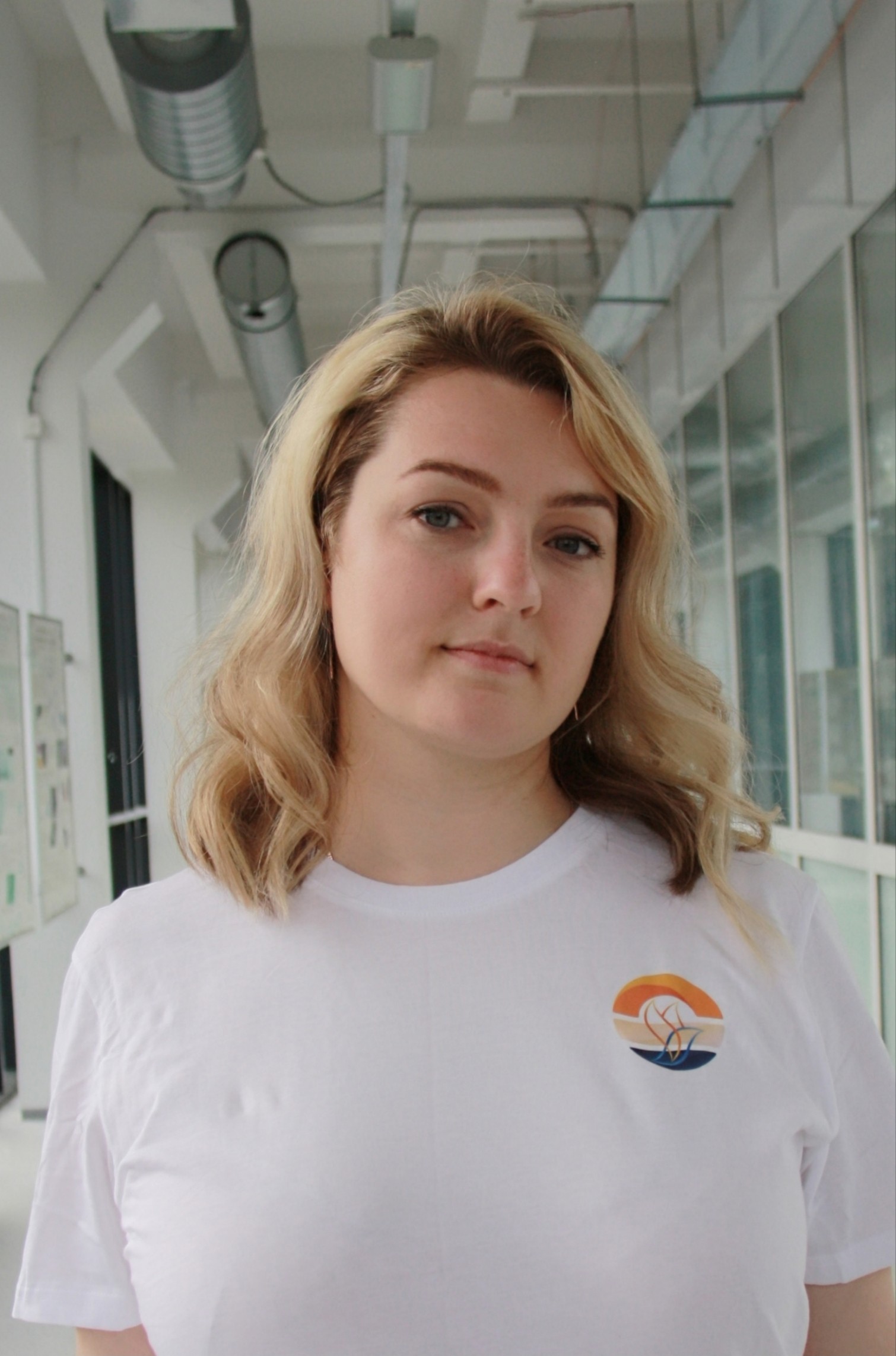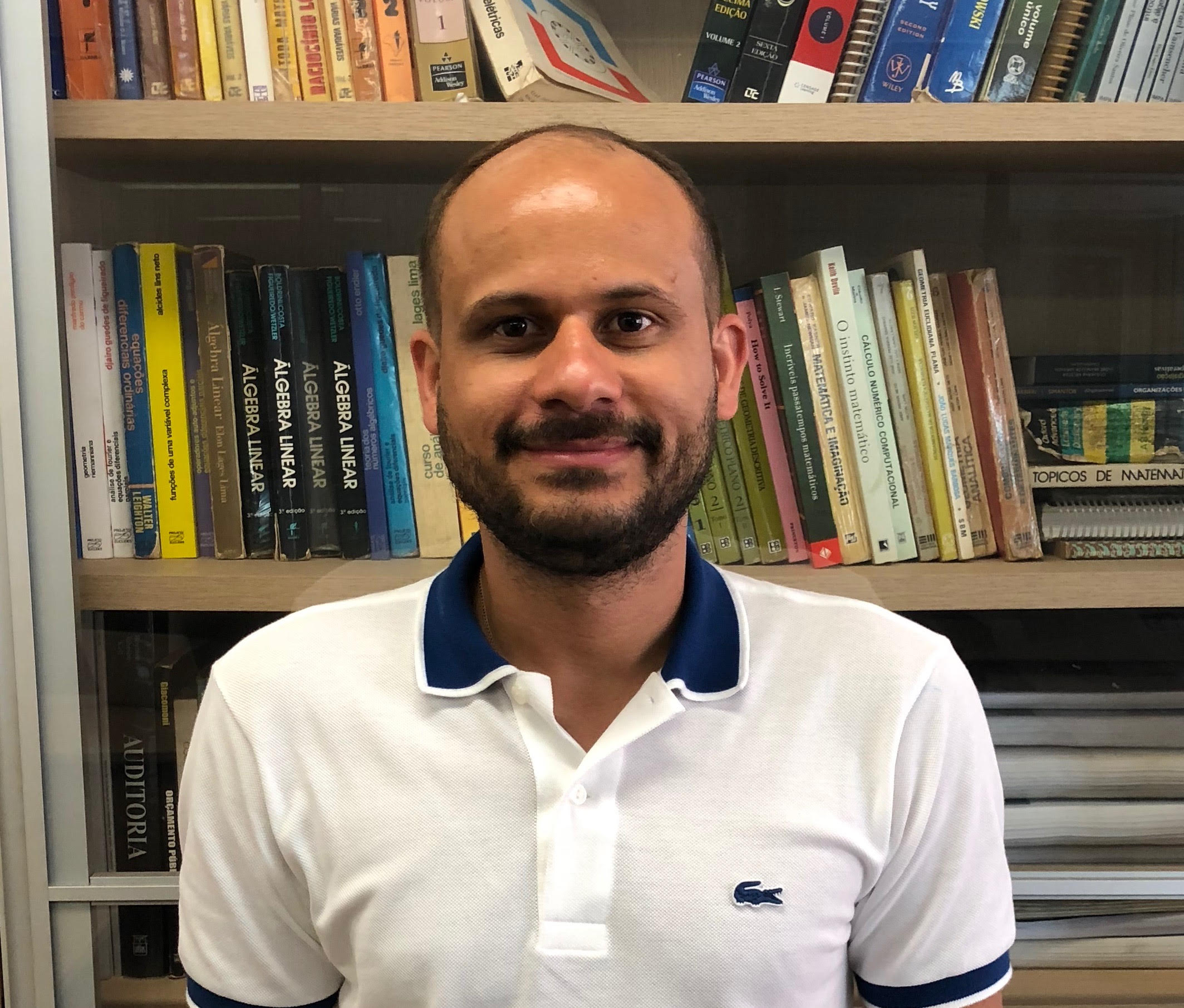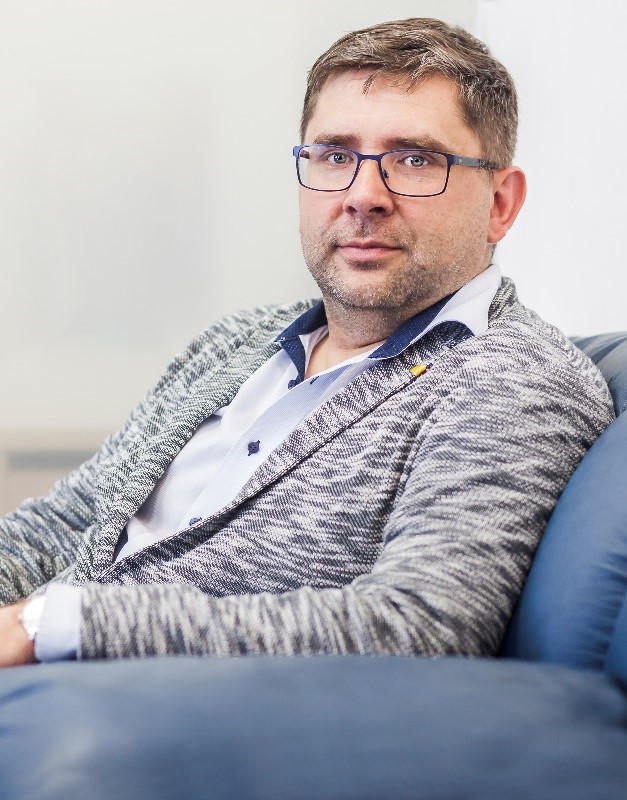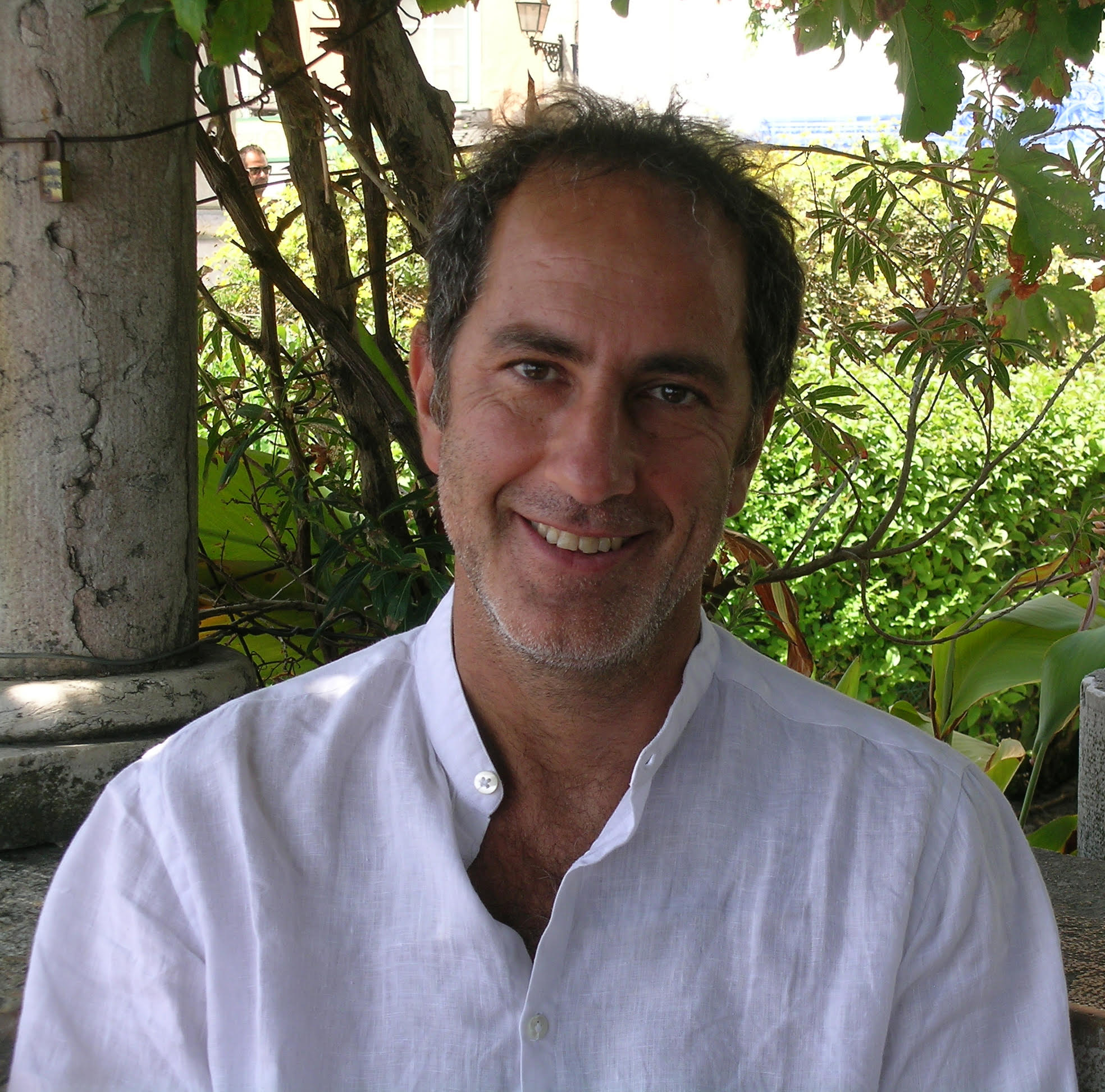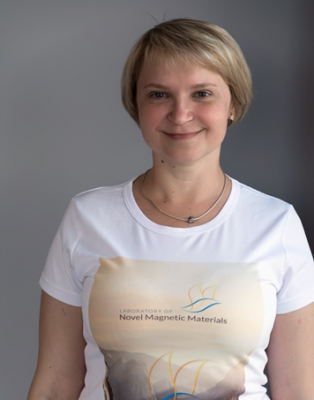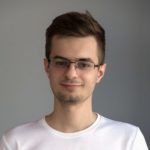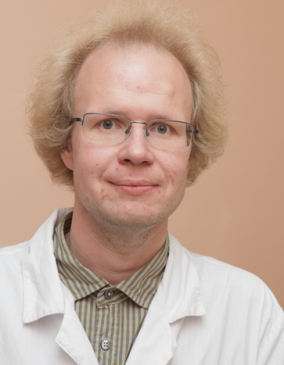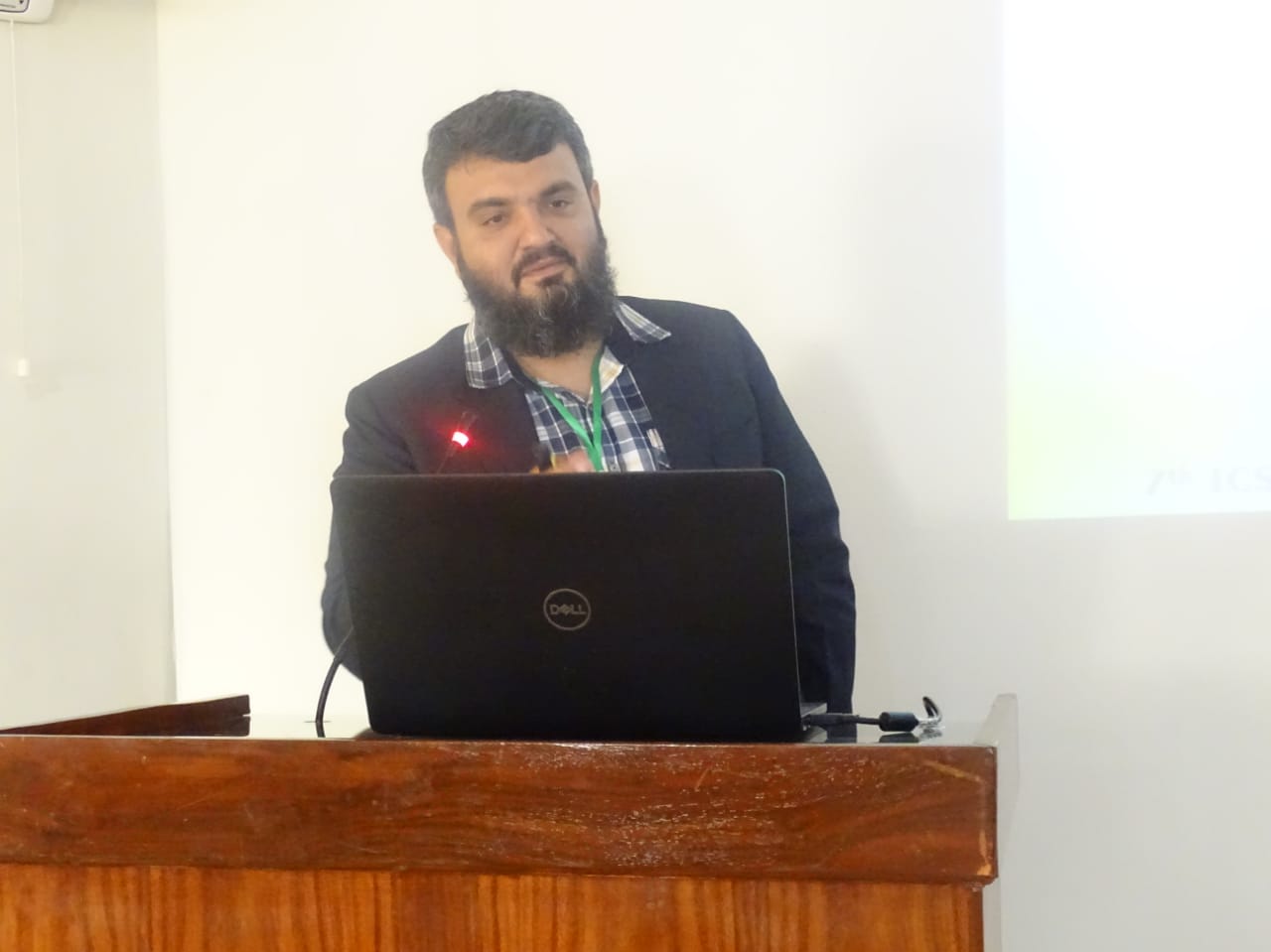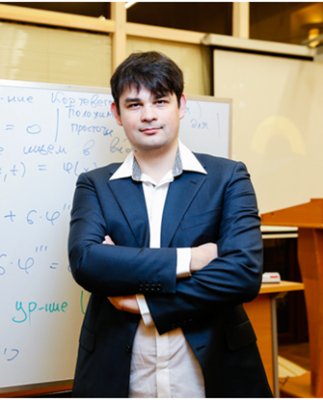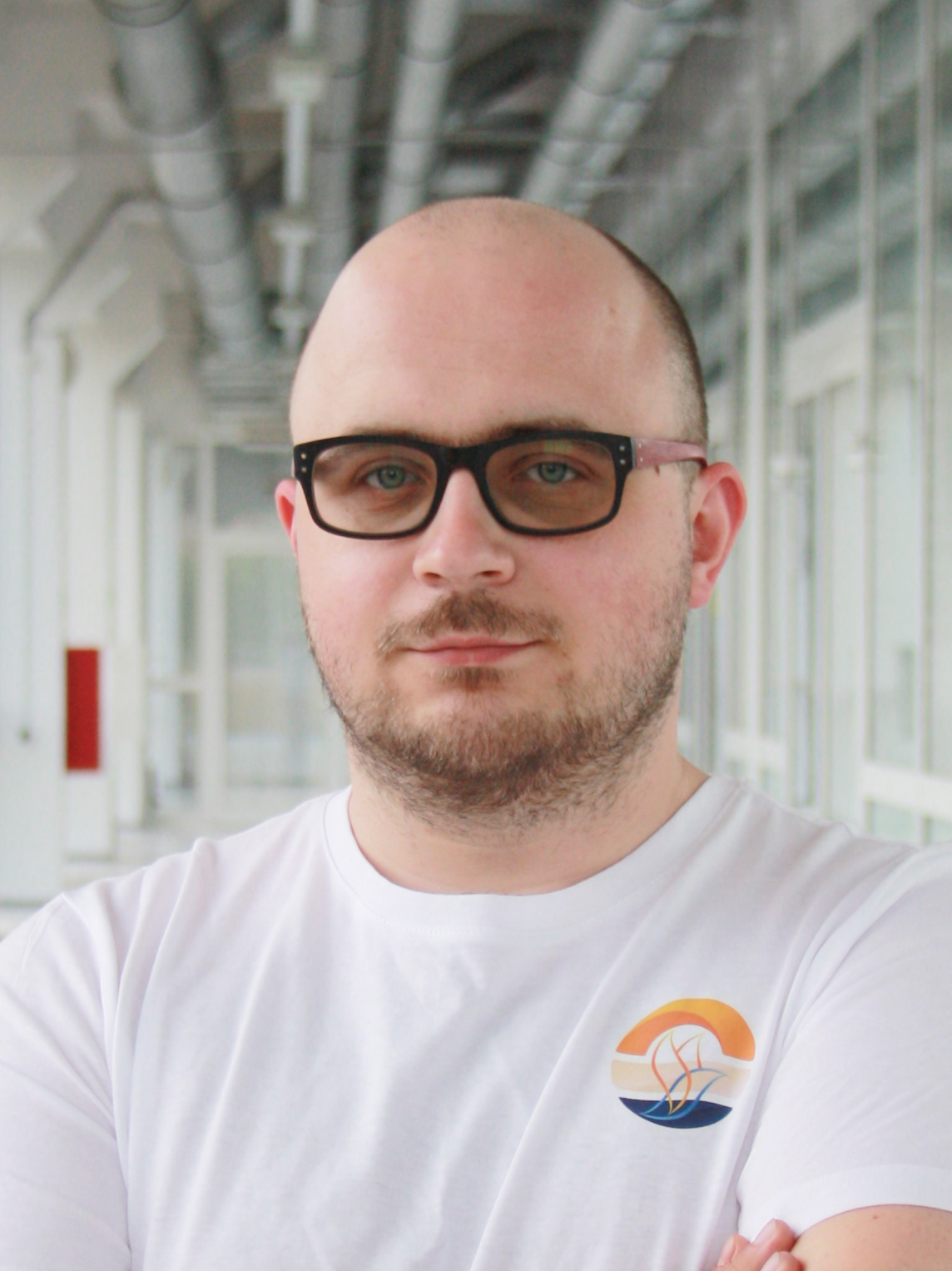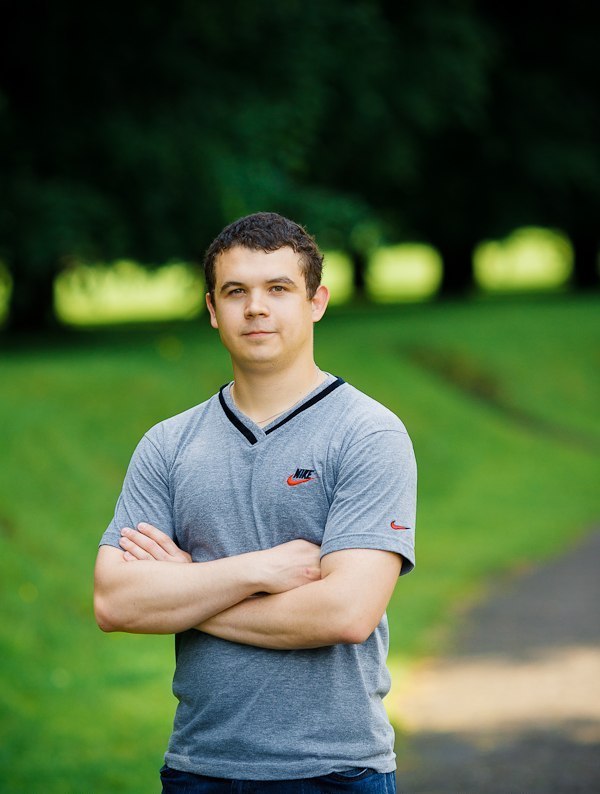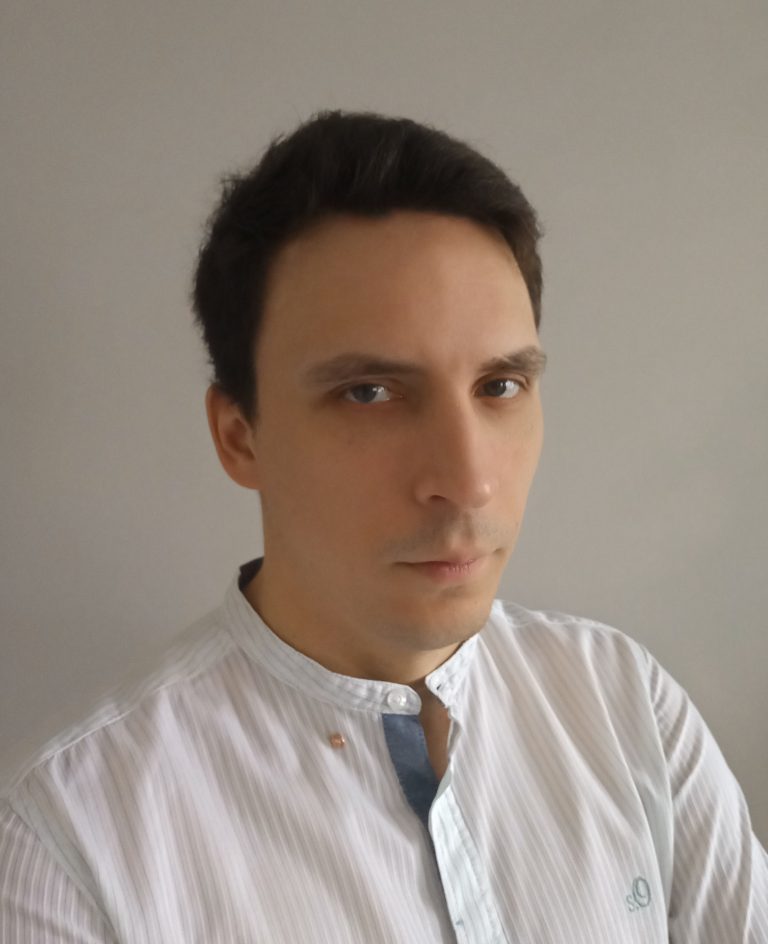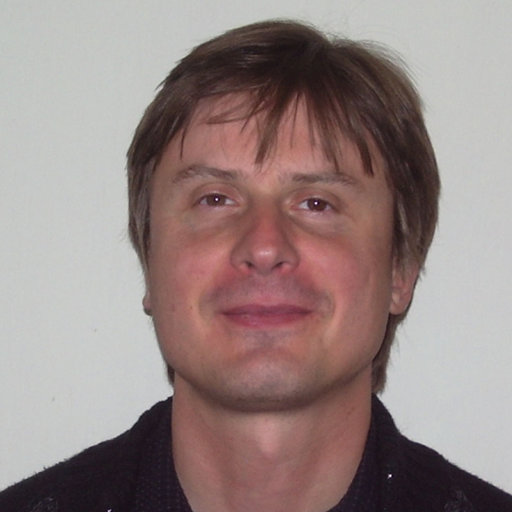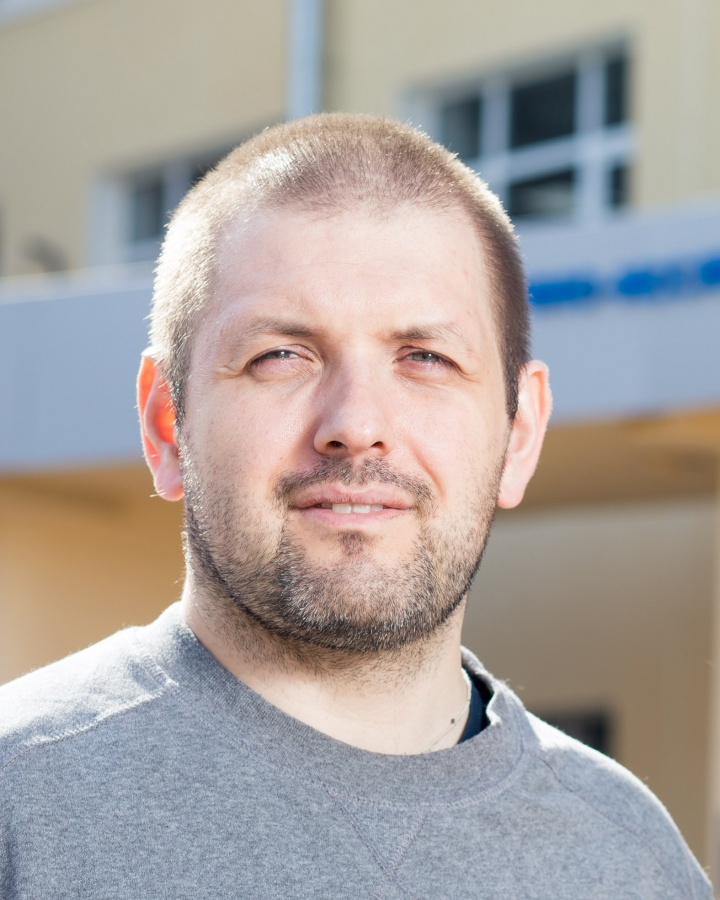
Date: May 8-11, 2016
Varna, Bulgaria
Advances in nanotechnology gave rise to the growing interest in the study of methods of manipulation of micro and nano-objects. The main attention is focused on the following systems: optical tweezers1, atomic force microscope2 and magnetic tweezers3–5.The main advantages of the magnetic tweezers are the low price and simplicity of use. However the range of their application is reduced due to shortcomings like, for example, the remanent induction of the core and interaction between ferromagnetic cores.
We present the new design of magnetic tweezers–Current Magnetic Tweezers (CMT) that allow particle manipulation by means of the magnetic field generated by the electric currents flowing through the non-magnetic wires. Arranging wires in different geometric shapes allows the particle movement either in two or three dimensions.
Forces acting on the magnetic particles with the magnetic moment of 2*10-11 Аm2 at distances up to 1 mm had been experimentally measured. It is established that a current of about 1 A at a 1 mm distance generates force of (approximately) 3 pN which is consistent with theoretical estimates.
A working prototype of the CMT was built and tested in several experiments. Results will be presented and discussed. The prototype’s working area reached 4 mm2 in size and maximum force exerted on the particles in the middle of the working area was 1.6 pN.
Acknowledgments
This research was supported by RFBR Grants (Nos. 13-02-12443 and 15-32-50642), by the Ministry of Education and Science of the Russian Federation in the framework of government assignment (No. 3.2582.2014/K).
References
- M.D. Khokhlova, E.V. Lyubin, A.G. Zhdanov, S.Yu Rykova, I.A. Sokolova, A. A. Fedyanin, J. Biomed. Opt. 17 (2) (2012) 025001 1-5.
- J.L. Alonso, W.H. Goldmann, Life Sci. 72 (2003) 2553–2560.
- I. De Vlaminck, C. Dekker, Recent advances in magnetic tweezers, Annu. Rev. Biophys. 41 (2012) 453–472.
- J. Zlatanova, K. van Holde, Mol. Cell 24 (3) (2006) 317–329. 5. A.H.B. de Vries, B.E. Krenn, R. van Driel, J.S. Kanger, Biophys. J. 88 (2005) 2137–2144.
Valentina Bessalovaa, Valeria Rodionovab* and Nikolai Perova
a, Lomonosov Moscow State University, Leninskie Gory 1-2, 119991 Moscow, Russia
b, Immanuel Kant Baltic Federal University, Nevskogo 14, 236004 Kaliningrad, Russia
Invited Speaker – Valeria Rodionova
“6th Zing Bionanomaterials Conference – 2016 (Zing`16)”

